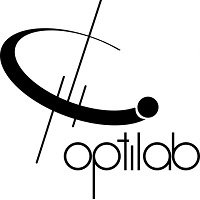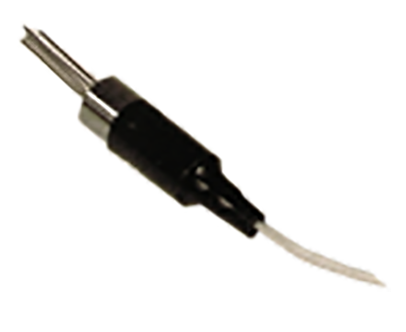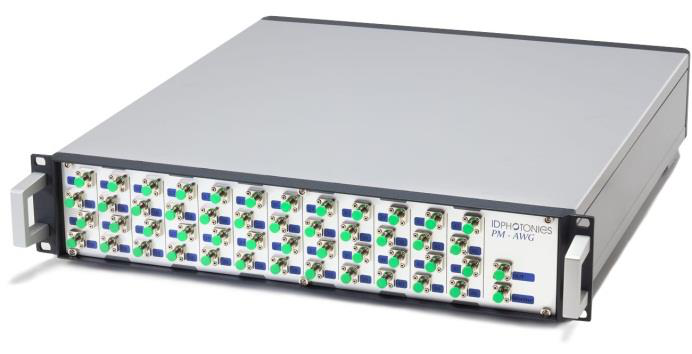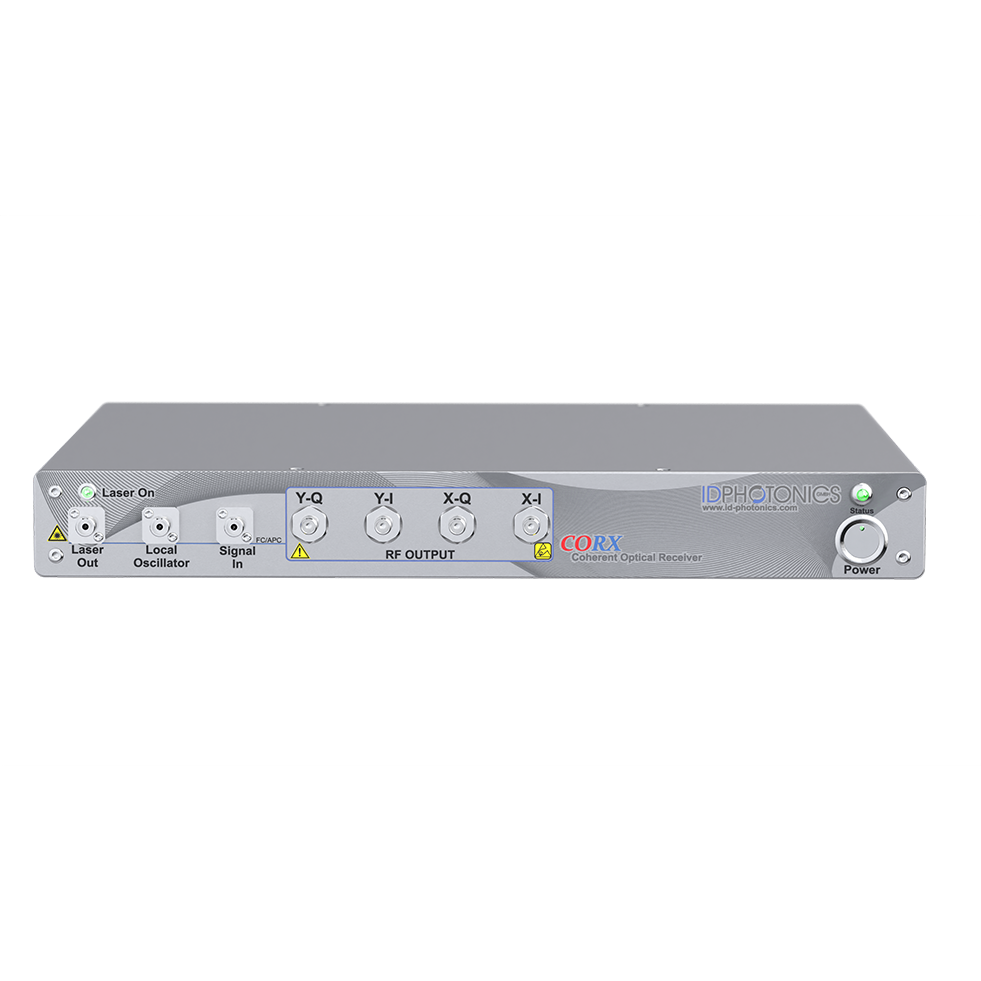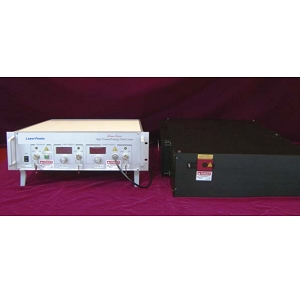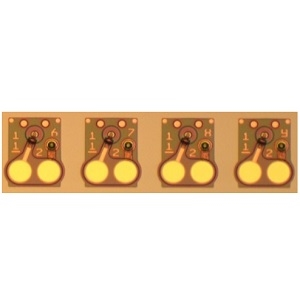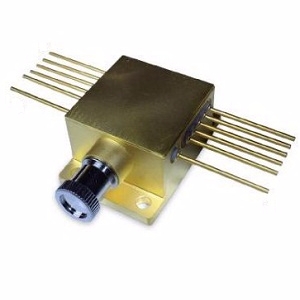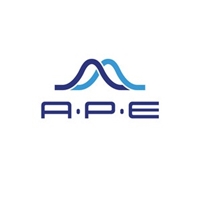- 产品
- 厂商
- 文献资料
热门产品
热门厂家
满足行业内人士的各种需求
如果您想选产品
-
数据手册
30万条产品数据手册,免费获取。
-
产品选型
500个细分类别,多维度指标筛选,高效选型。
如果您想卖产品
-
精准匹配
产品级搜索引擎优化,每天2000+访客为您精准匹配。
-
客户分析
内置仪表盘进行流量数据分析,了解潜在客户画像。
如果您想买产品
-
渠道正规
收录3000+全球光电厂商的产品信息,正品渠道,保障质量。
-
交易便捷
代客户采购,解决采购过程中有关付款、物流等交易障碍。
联系我们获取服务
周刊订阅
定期发布特色产品、技术资料、前沿动态等
您的邮箱将仅用于周刊推送且随时可退订
平台资讯
查看更多-
 米思米十大王牌产品限时推荐!限时优惠 + 极速交付!助你抢占制造先机
米思米十大王牌产品限时推荐!限时优惠 + 极速交付!助你抢占制造先机
【光电查】平台作为国内光电产品与服务的优质提供商,与米思米等众多国际知名品牌紧密合作。现在通过【光电查】平台购买米思米系列产品,不仅能享受限时优惠,还能体验超短的优惠周期与极速交付服务,大幅缩短项目等待时间。
-
 红外光电二极管:智能工业与医疗的“感知之眼”,揭秘OSI 1010BI-SMT如何赋能高精度检测
红外光电二极管:智能工业与医疗的“感知之眼”,揭秘OSI 1010BI-SMT如何赋能高精度检测
近年来工业 4.0 与医疗 CT 发展迅速,OSI Laser Diode 的 1010BI-SMT 背照式硅光电二极管,在 920nm 高响应且暗电流仅 0.16nA,助力相关领域。
-
 纳米半导体激光器:精密光控的“纳米级触手”
纳米半导体激光器:精密光控的“纳米级触手”
Aerodiode 的 1310nm 激光器,运用 DFB 技术实现纳米级光谱线宽,脉冲峰值功率达 250mW ,适用于光纤通信、量子密钥分发和 3D 传感等领域。
部分服务用户






